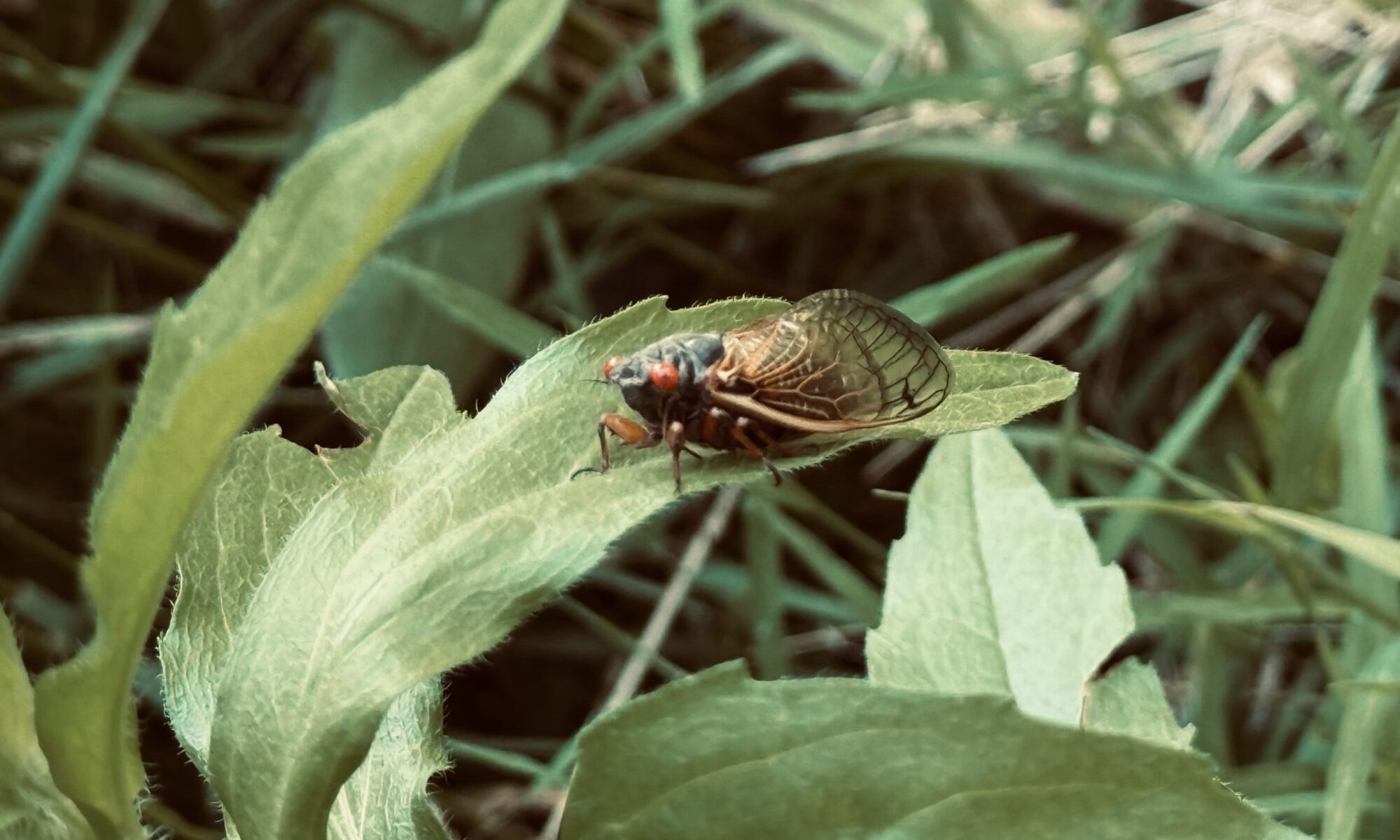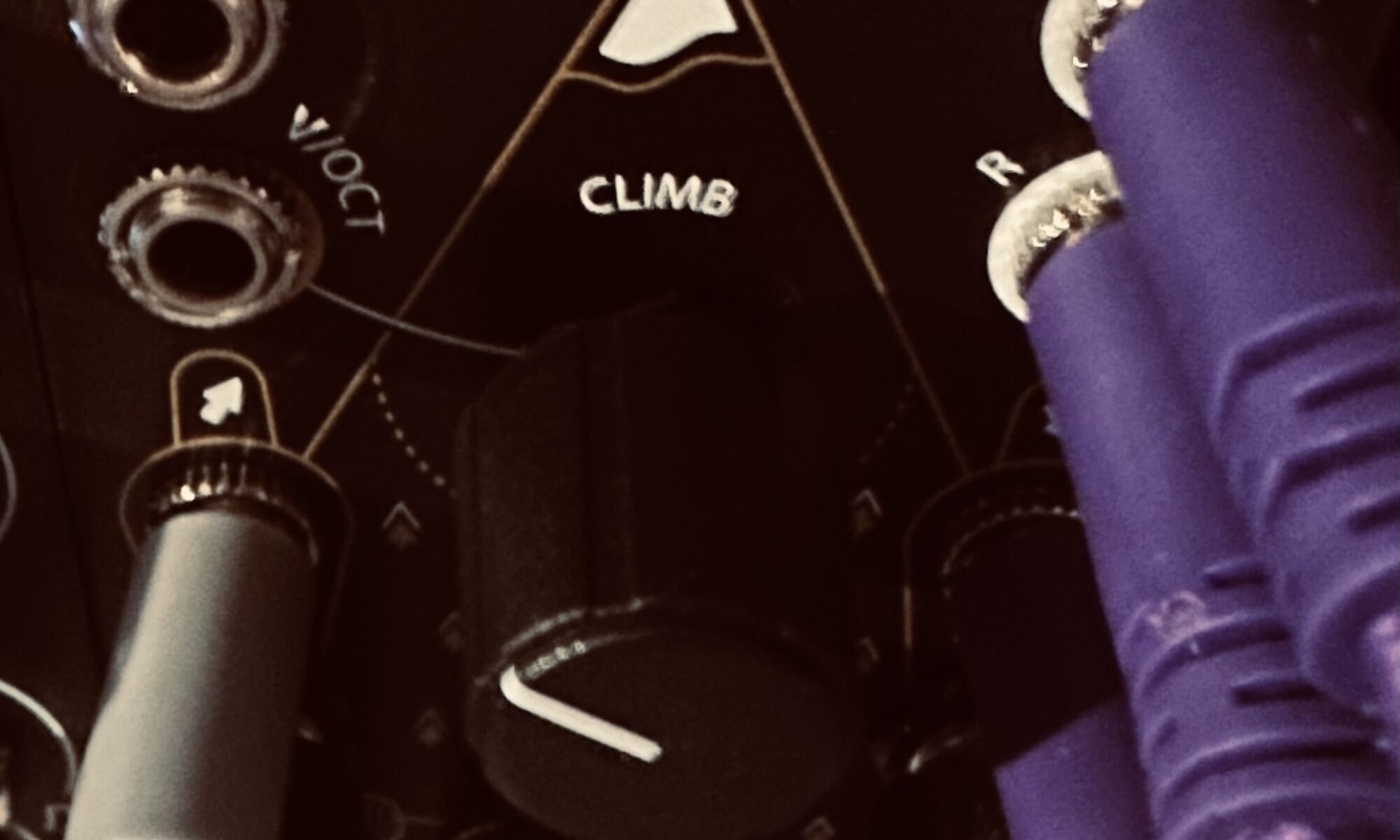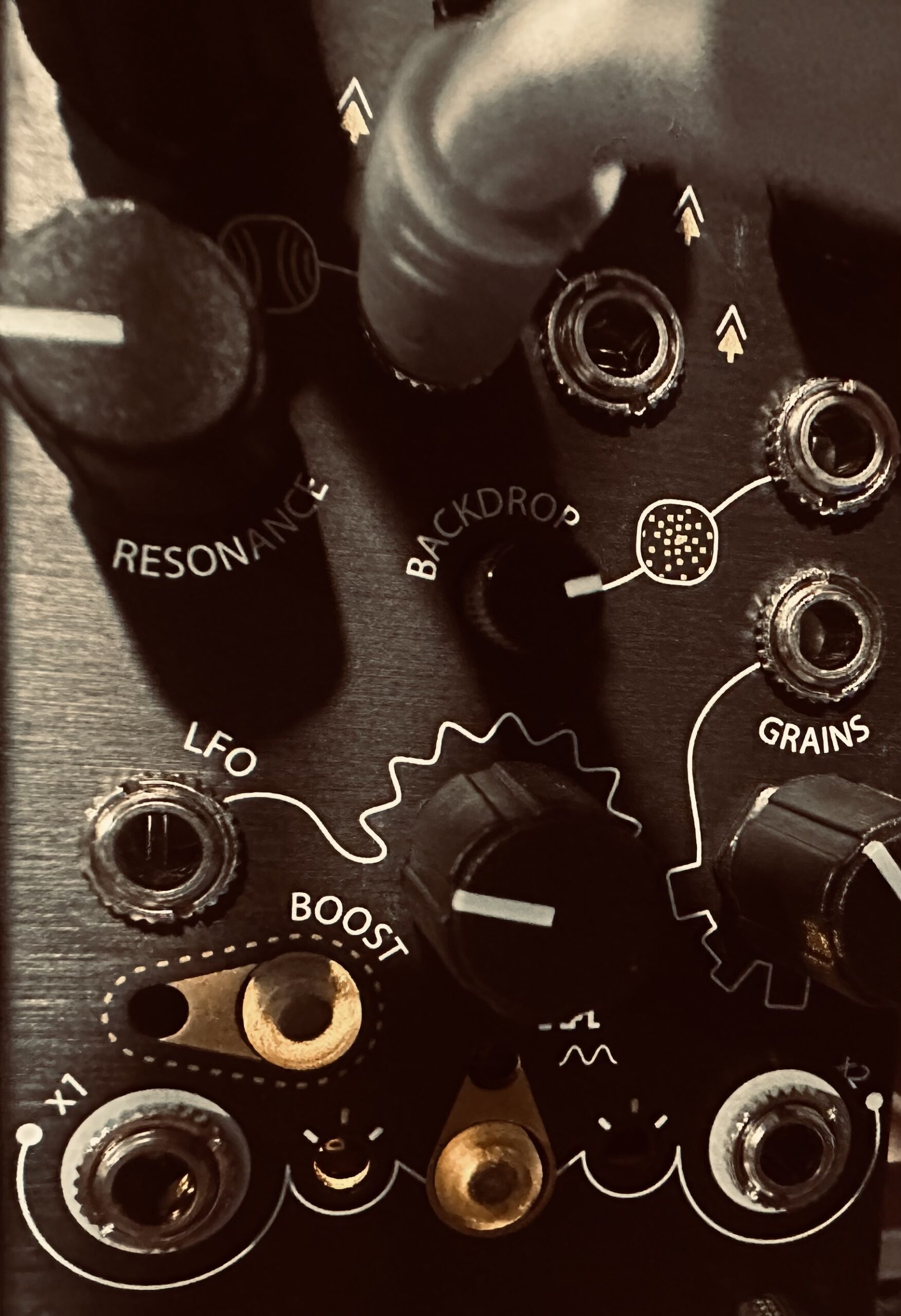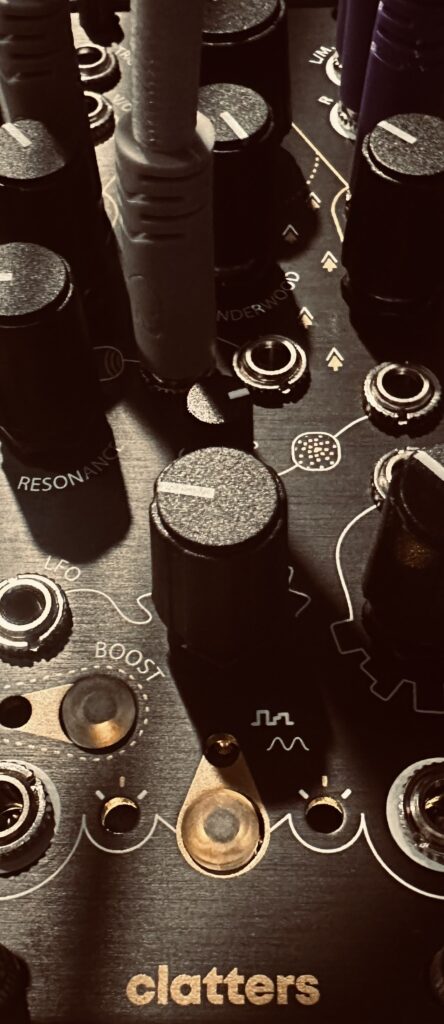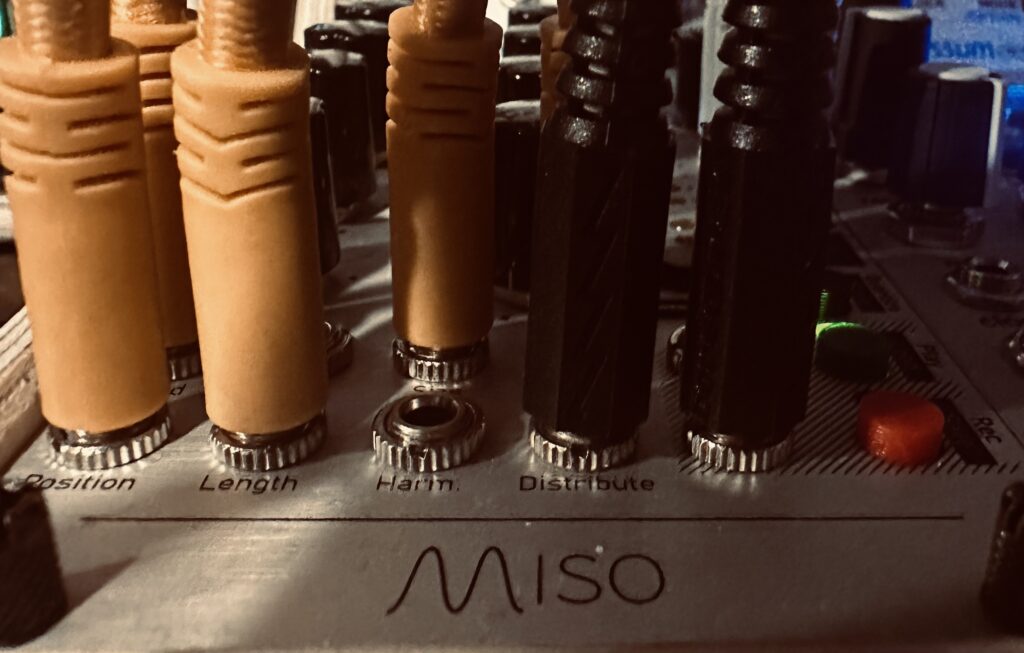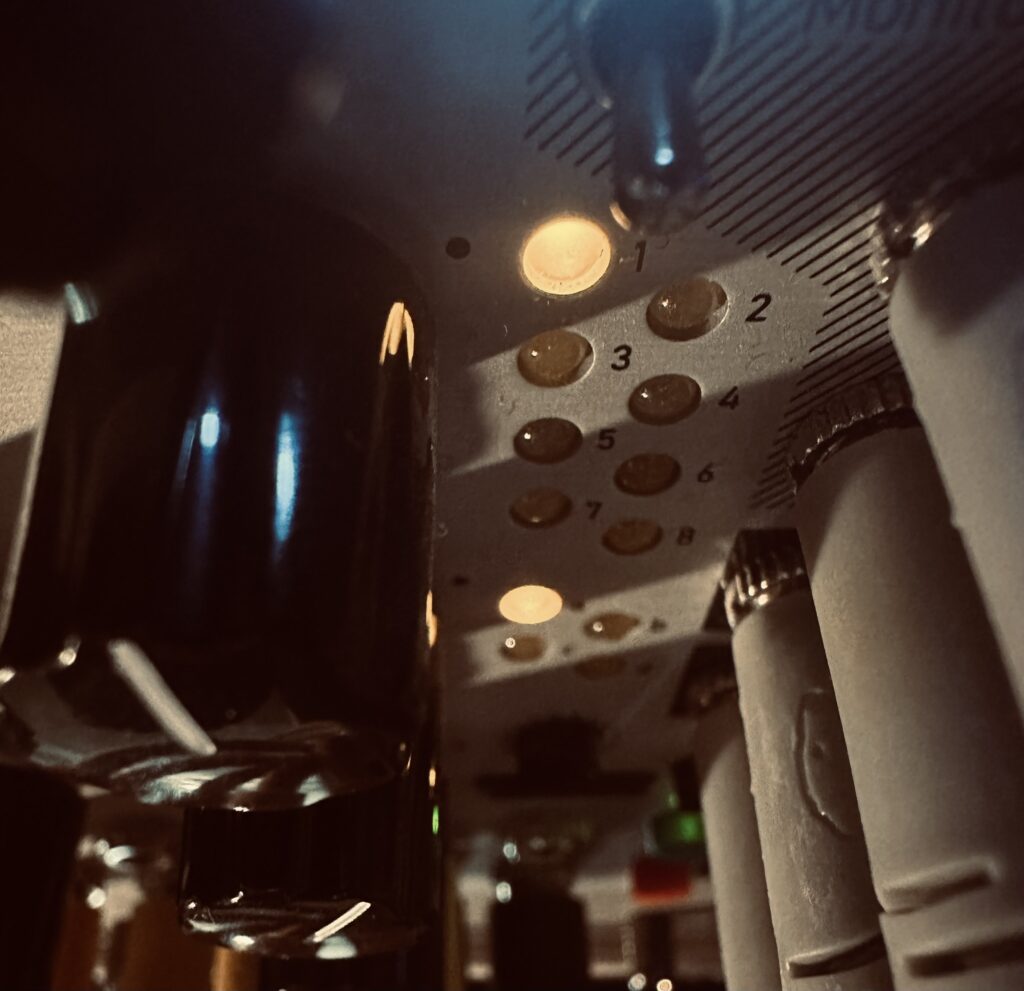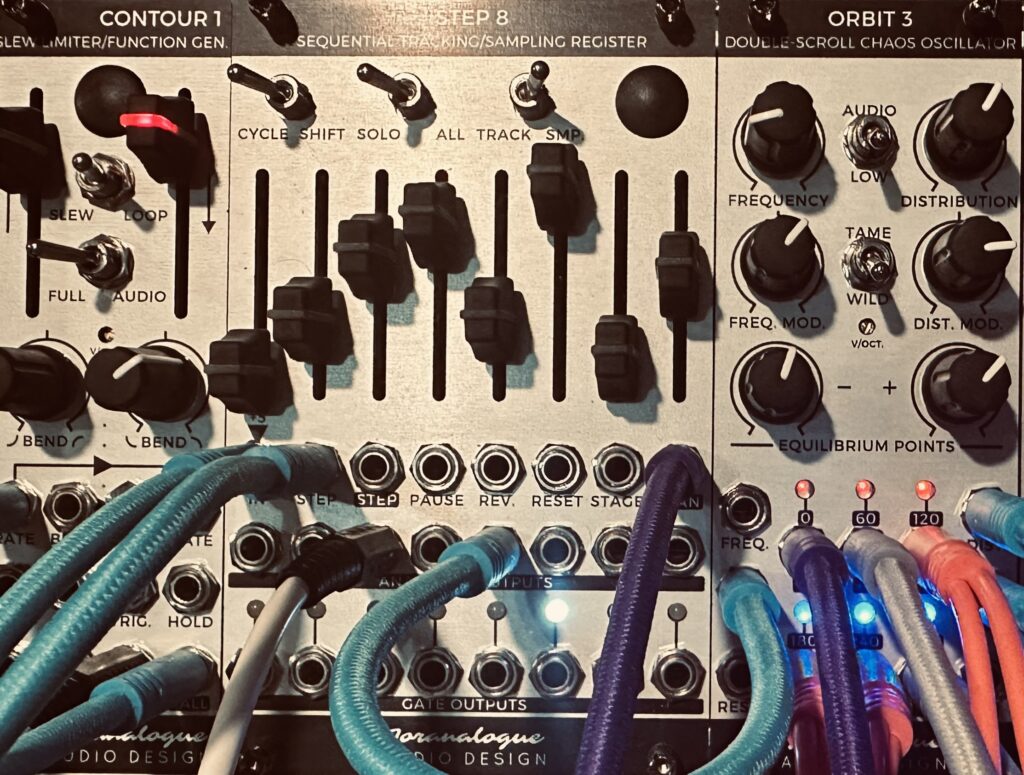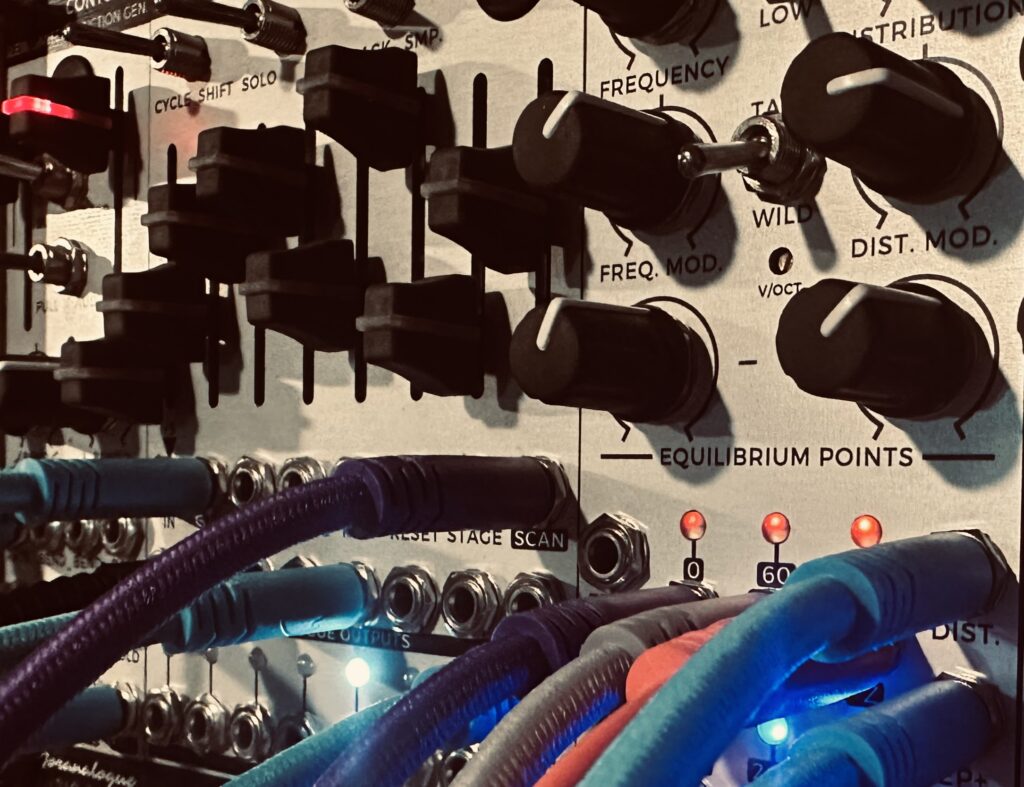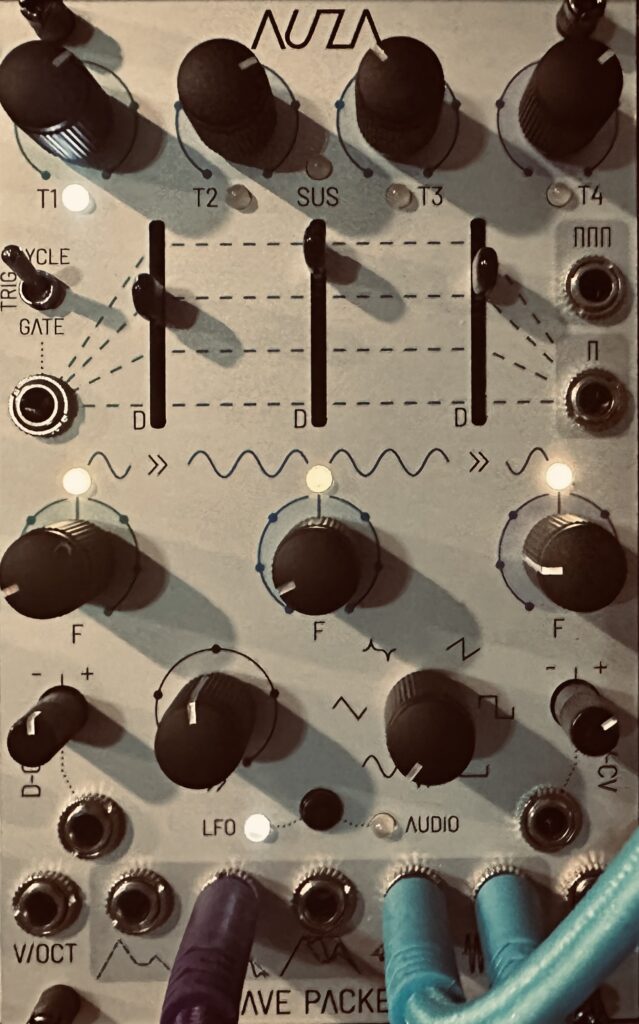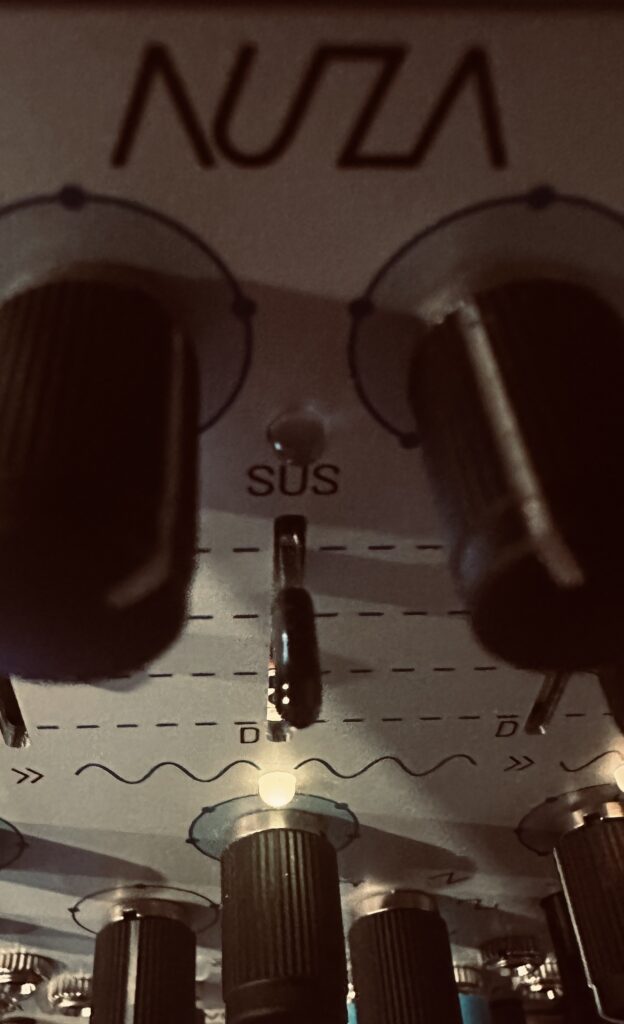It happens here every 17 years. Brood XIV emerges from their long underground slumber and takes to the trees. During this time, perhaps over a trillion cicadas will emerge over the course of 4-5 weeks throughout East Tennessee, the eastern half of Kentucky, and small bits of far western North Carolina, Virginia, West Virginia, and southeastern Ohio.
I was here during their last emergence in 2008, my first time experiencing periodical cicadas, and at times it was a complete caucauphony. There were times when I felt as if the sound was coming from inside my head. The volume can get so loud that being indoors was barely a respite. That what happens when perhaps two million of them are on my property in the Kentucky Bluegrass. For these next several weeks the cicadas of Brood XIV, the children of the last generation I saw nearly two decades ago, will be ever present, serenading the world with their song. But their collective song isn’t monotone or at a static level. It pulses. It has a natural ebb and flow that rises and falls in what can only be described as a most beautiful chaos.
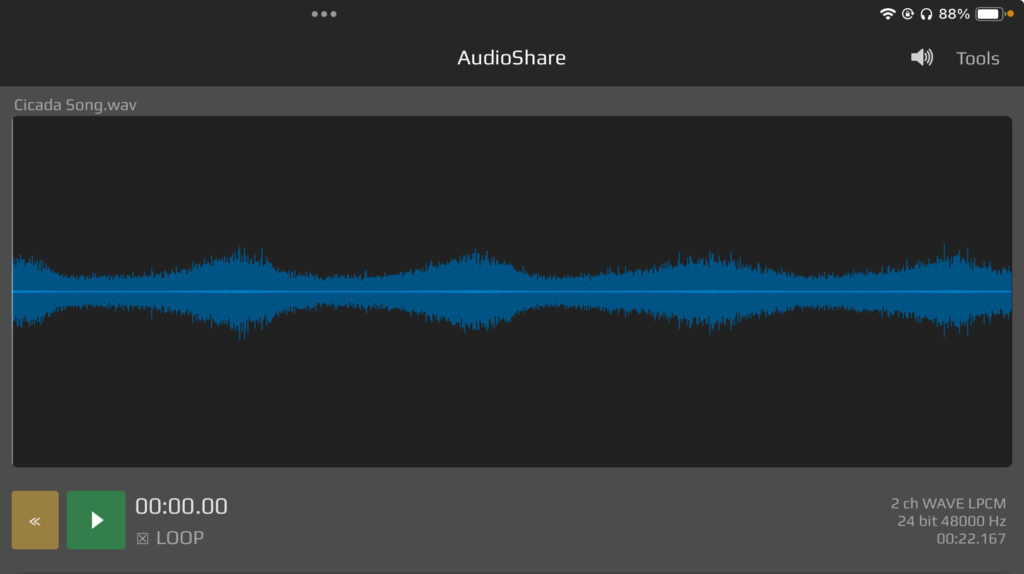
I recorded a short snippet earlier this afternoon, about 22 seconds worth, so that I might put them through the synth. I’m sure I’ll get other recordings, especially as they get louder, but I wanted something to do today.
I can’t really remember this patch very well. It was a very stream of consciousness-like affair, with lots of changes and adjustments along the way. I’ll write what I remember as clearly as I can, but this will not be a comprehensive breakdown.
I recorded the cicada sample onto the Miso Modular Cornflakes buffer. After recording, I let it playback continuously in a loop, while heavily modulating every parameter with four outputs from The Hypster, via Let’s Splosh. Speed, Pitch, Grain Size, Diffuse, Position, and Length all received healthy doses of mixed, rectified, and attenuated chaos, while Harmonics and Distribute received modulation from an inverted sequence slowly running in the Verbos Voltage Multistage, and clocked by a single gate output from the Nonlinearcircuits Numberwang. Numberwang was fed from four outputs of Let’s Splosh. These were the last four available outputs from Let’s Splosh (this marks the first time I’ve used all 16 outputs in a single patch), so the movement they created isn’t very much. Only four of the 16 gates were ever high in Numberwang using these signals, but it created just enough movement to keep the sequence moving. If I had to make a comment, I’d say that I severely overmodulated Cornflakes. There’s a lot of swirl, and what sounds like filtered noise. The result isn’t bad, per sé, but there are many things I’d ease up on were I to record this patch again.
This wonderful swarm of granulated cicada-song was sent to the Frap Tools CUNSA for heavily modulated Bandpass filtering (introduced at ~ 00:50), using Sapel’s smooth random outputs to modulate the center frequency, along with two Falistri functions performing AM at audiorate in CUNSA’s built-in VCAs. This filtering created a lot of stereo movement in the best kind of way, and the AM from Falistri gave it an even more fluttery sound, mimicking the cicadas’ awkward flight amongst the trees.
Both the Cornflakes and CUNSA outputs were sent to the Industrial Music Electronics Malgorithm MkII for some lightly modulated bit and sample reduction, along with the smallest bit of waveshaping via the Green setting of the third button (introduced at ~01:35). It’s an effect, in this patch at least, that is subtle. It’s hard to pick out in context, but when it was not there it was quite noticeable.
The sub bass (introduced at ~02:10) was created with a Verbos Haronic Oscillator’s saw output through Amp & Tone, which was amplitude modulated by the Harmonic Oscillator’s mix output. Different harmonics (8, 7, and 6) rose and fell via cascading triangle functions from the Polyphonic Envelope, which created subtle pitch changes in the drone as it took on the pitch of the higher harmonics via unattenuated AM. The frequency cutoff was modulated with one of the cascading envelopes from Polyphonic Envelope, first lightly to create subtle movement in the timbre of the drone, then more heavily, and with high resonance, to create a beautiful, if dark, background for the cicada song, with streaming harmonics from the saw wave echoing in the stereo field. The filter output was sent to the Multi-Delay Processor, with the dry signal from MDP’s output going straight to the mixer, while four separate tap outputs were patched to Scan & Pan, hard panned, two taps to the left and two to the right, and mixed in the Addac System Addac814 6×6 Stereo Matrix Mixer.
I tried mightily to use the Rossum Electro-Music Panharmonium in this patch, but I simply couldn’t get anything at all that I liked. I ran into, and quickly lost, a couple of sweet spots, but I didn’t have the discipline to keep the knobs still. The cicadas create a highly detuned chorus as it is, and swirling dissonance through the Panharmonium was a huge mess. There were a couple of times when I used a feedback path in the matrix mixer that created a beautiful, deep bed of pads, but it was quickly gone. I suspect that much faster analysis times would likely help with this sort of input material.
Modules Used:
Miso Modular Cornflakes
Addac System Addac814 6×6 Stereo Matrix Mixer
Frap Tools CUNSA
Frap Tools Falistri
Frap Tools Sapel
Nonlinearcircuits The Hypster
Nonlinearcircuits Let’s Splosh
Nonlinearcircuits Numberwang
Nonlinearcircuits De-Escalate
Vostok Instruments Asset
Verbos Electronics Harmonic Oscillator
Verbos Electronics Amp & Tone
Verbos Electronics Multi-Delay Processor
Verbos Electronics Scan & Pan
Verbos Electronics Polyphonic Envelope
Verbos Electronics Voltage Multistage
Industrial Music Electronics Malgorithm MkII
ST Modular SVCA
Intellijel Quad VCA
Knob Farm Ferry
Outboard Gear Used:
Noisy Fruits Lab Lemon
Walrus Audio Slöer
Improvised and recorded in one take on iPad in AUM via the Expert Sleepers ES-9.

